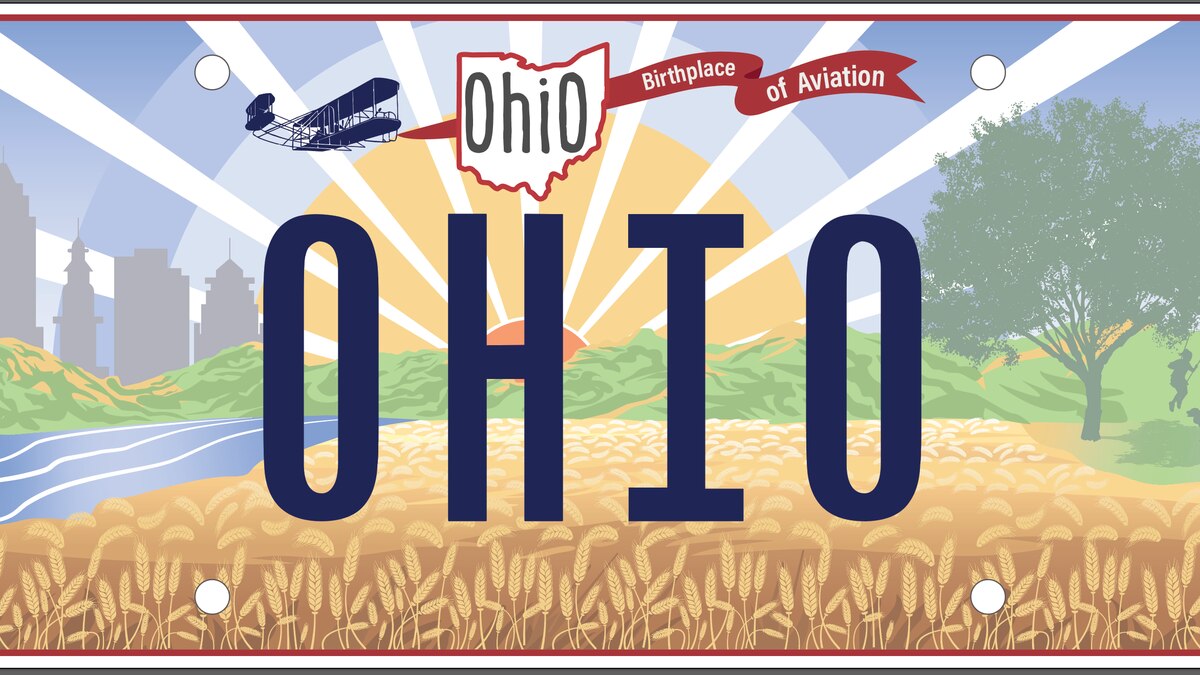Drug overdoses and deaths have been common in Ohio with the state ranking second in the US for drug overdoses. In addition, 23 Ohioans die every week from heroin overdoses. State legislators are working tirelessly to create laws such as the Good Samaritan Law that will provide drug abusers with the care and support they require.
Additionally, inmates who qualify for judicial release may be able to get out of prison sooner. “Being imprisoned is a life-changing ordeal for anyone. However, the judicial release update to the criminal justice system of Ohio alleviates the frustration of many prisoners,” says criminal attorney Jeffrey Lichtman. However, these two changes, the Good Samaritan Law and judicial release, have sparked heated disputes with many people opposing them.
The Good Samaritan Law
Individuals who report overdoses receive limited immunity from arrest or prosecution under this law. The law shields only the caller and overdose victim from arrest or prosecution for simple drug possession or carrying paraphernalia. However, the law does not shield persons who sell drugs or drive while under the influence.
With the law in effect, those who witness a family member or friend overdose will not have to think twice before doing the correct thing. In addition to providing immunity from arrest, the law provides addicts with the option of seeking treatment rather than serving time in prison. The law is a step in the right direction in reducing drug overdoses.
Furthermore, state legislators are working on additional measures to aid with addiction in addition to this statute. House Bill 250 would require doctors to get permission before prescribing certain medications. Also, a recently passed opioid education bill mandates that all school districts in the state provide education on the risks of prescription medication.
Ohio Judicial Release
The judicial release is a procedure where an offender serving a sentence for a criminal conviction in Ohio can ask the sentencing court for ‘early release.’ The offender can ask for a judicial release after serving a portion of the initial term. Unlike habeas corpus petitions, which assert that a sentence is unconstitutional or incorrect, judicial release petitions question whether the punishment has served its purpose.
When assessing a petition for judicial release, judges generally consider the sincerity and remorse of the offender and the circumstances of the offense. They also check the risk of recidivism, the victim requests, and the offender-prison-record. No defendant has a right to judicial release, and the decision to grant it is entirely up to the sentencing court.
Requesting For Ohio Judicial Release
Requesting a judicial release requires that offenders in jail have to file a written motion to the sentencing court requesting judicial release. Furthermore, the written motion has to confirm the eligibility of the offender for release.
In addition, the motion should include proof that the release will be of greater good to the community, family, and justice system. Following the submission of a petition, the sentencing judge has the option to hold a hearing on the motion. Here, an offender, their attorney, the prosecutor, and any victims can make an argument for or against early release.
If a judicial release is approved, there will be a temporary suspension of the remaining sentence, and the offender is removed from jail into community control. The waiving of the remaining punishment is achievable if the offender completes the community control term.
Eligibility Requirements For Judicial Release
Many offenders get one chance to petition for judicial release. However, there is no certainty that they can make a second petition if there is a denial of the first. While sentencing judges have considerable discretion in deciding whether or not to award judicial release, they can not give it to ineligible offenders. An offender can only request a judicial release if all of the following are true:
- The offender is not serving time in jail for a felony committed while holding a public office position in Ohio
- It is a timely motion
- The offender was sentenced in an Ohio state court for Ohio state crimes
- The sentence includes a non-mandatory jail sentence
- The offender is not serving a life sentence
- The offender does not constitute a public safety danger
Under certain circumstances an offender may be granted judicial release regardless of their eligibility. For example, if the Director of Rehabilitation and Correction certifies an offender as being at imminent death risk or suffering from a terminal illness.
The Impact of the Judicial Release and the Opposition
With Judicial release comes an expansion of early release alternatives available to offenders. Additionally, it increases the credit maximum amount inmates can receive for in-prison programming participation. Under a contentious amendment to Ohio criminal justice statutes, this will roughly climb from eight percent to fifteen percent of their sentence.
The in-prison programming will help promote recovery and offer offenders optimism. Ohio prosecutors oppose the idea, claiming that the state allows inmates to return to society faster without consideration for public safety. They also claim the bill provides little protection for victim rights and undermines truthful sentencing.
Impact of the Good Samaritan Law and the Opposition
Prosecutors also oppose the law shielding drug overdose victims from charges for possessing drug paraphernalia. It is an addition to the Good Samaritan law, which encourages people to seek help for themselves or others overdosing.
Some argue it is a constructive path for persons suffering from addiction, as it would establish a presumption in favor of treatment rather than incarceration. It would also erase the shame associated with people who succumb to the temptation of drugs, allowing them to recuperate and seek employment. It is achievable so long the offender agrees to follow a court-ordered treatment plan created with the assistance of professionals.
However, the law has raised serious concerns among judges and law enforcement authorities. They fear it will benefit drug traffickers and dealers at the expense of law enforcement.
Conclusion
The most recent debate over a bill updating criminal justice laws in Ohio has centered on extending inmate early release chances and drug addiction. However, the two criminal justice laws under opposition have their pros. While the Good Samaritan statute will aid in the rescue of addicts, judicial release can assist inmates in obtaining early release from prison.




